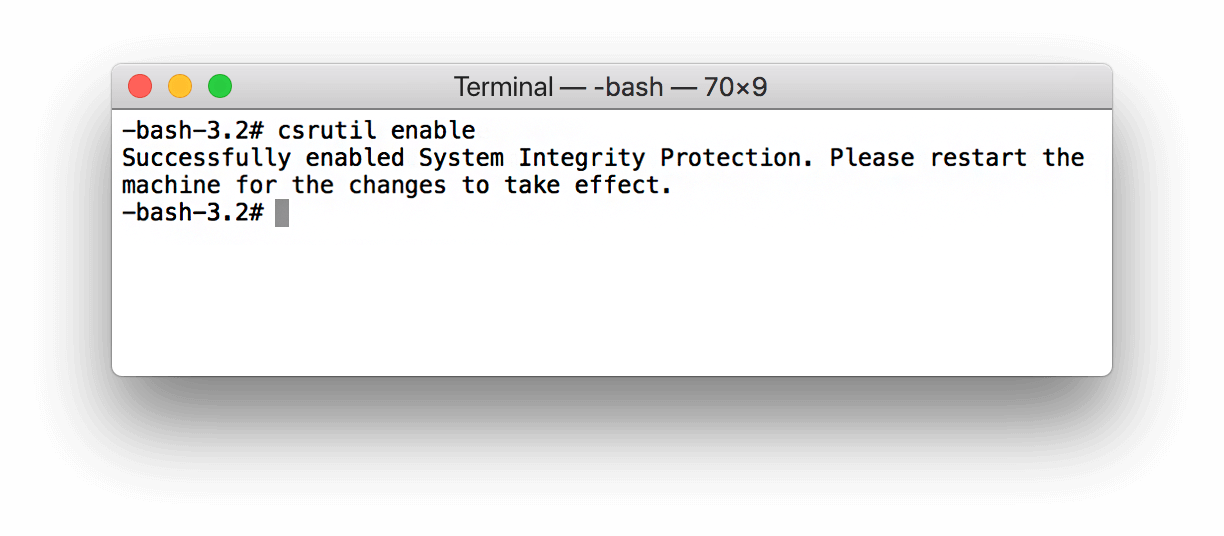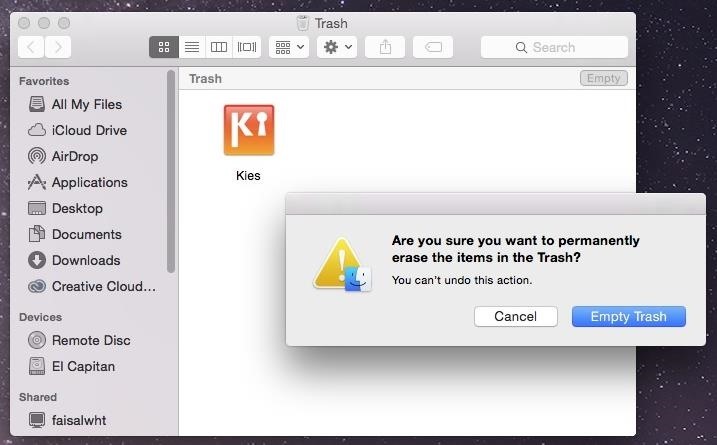You probably got here while searching something like how to remove webroot. Perhaps you noticed it popping up in security dialogs.
When Webroot is running on a Mac, it calls itself WSDaemon.
If you absolutely must remove those files (say, if you want to reset an app to its default settings), you can use a handy app called AppCleaner to fully uninstall an app, along with all its extra files. Method 1: Remove DRM from Kindle Desk APP. If you use Kindle desk app to read your purchased eBooks, you can download and install Prof. DRM on your PC and then follow the detailed steps to remove the DRM protection and convert the original AZW file to common formats so that you can open the former DRM-protected file freely.
What is Webroot?
Webroot is anti-virus software. It is quite popular with large companies since it installs onto multiple platforms and provides tools to help manage a collection of machines from a central location.
Webroot is slowing down my computer
There’s something wrong with Webroot on MacOS, and that’s probably why you’re here.
Webroot is addicted to CPU like John McAfee is purportedly addicted to drugs.
You might find that Webroot is slowing down your computer. You’re delayed in work. You look like an idiot. All you want to do is get your work done, so you try to remove Webroot. Try as you may, you can’t find the uninstall button.
Webroot High CPU usage
In my experience, Webroot hogs CPU constantly and runs down the battery. I’m not sure what it’s doing, but it sure uses a lot of CPU.
There are plenty of threads relating to this issue elsewhere on the internet, lots of people have this problem.
There have been speculations on these threads that the issue may be related in some mysterious way to Webroot’s web protection running along side Google Chrome.

If you open Activity Monitor and you find that a process called WSDaemon (Webroot) is constantly using a large percentage of your CPU, you might want to get rid of it, like I did.
Webroot has no uninstall option.
So now, you find that you can’t uninstall Webroot. You click the little icon – go to the control panel – no uninstall option.
You shake your fist at the sky.
Perhaps the Webroot on your machine was installed by your company’s wise IT team. You may not have the privileges to uninstall. You might not have access to the holy keyboard. You might even have to write an email to ask the glorious IT team to get rid of Webroot for you. They might not want to remove it. What then?
If you can’t get your work done, you might dare to plow ahead and remove it anyway.
Before hand, you might be wondering – is it even legal to remove an anti-virus on a computer you don’t own? Only God knows.
You might try to uninstall Webroot by booting into safe mode and dragging the application into the trash. That’s what the offcial support articles seem to recommend.
However I found that Webroot had some magic ability to resurrect itself and get back to its old habits.
It sure is frustrating to work on a laggy machine. How do you remove webroot when it doesn’t seem to want to go quietly?
Cannot Remove Protected Apps Macbook
How to uninstall Webroot on a Mac
Good news : I found the command line uninstallation commands.
These are like a big hammer that you can use to bash webroot hard enough that it finally goes away.
If you’re ready to complete your quest and completely remove Webroot SecureAnywhere from your Mac, paste the following commands into Terminal, which is a command line interface built into MacOS.
These came from an email that Webroot themselves sent to a user who was facing the same issue.
You can copy and paste them into terminal all at once, you don’t need to run them line by line.
If you see some permission denied errors, you might need to use sudo su before you try those commands.
Slaying the daemon

Once those commands have run, hopefully you have permanently killed the Webroot daemon and gotten your Mac back on track. Expect to see improvements to responsiveness, battery life and enjoy a quieter fan.
Do you need an anti-virus for MacOS?

I have no idea.
It depends on what you are doing, and who you work with – but for most users, the default MacOS security should keep you safe most of the time – I guess.
Does malware mess stuff up?
It is understandable that many organisations are happy to allocate a budget to “anti-virus” software. Malware can bring a well-oiled system to its knees in minutes.
In 2018, a virus called WannaCry infected some of the computer systems of the NHS (National Health Service) in the UK. It inflicted £92 million in damages. It cancelled thousands of appointments and operations.
Windows XP had let the NHS down. Everything was running fine until one day, all the data had been destroyed.
In my opinion, if all you do is browse Facebook all day, you probably don’t need to pay for anti virus software. Just keep your OS and all of your software up to date. Facebook are already looking in your messages and selling your personal details anyway.
If you are working in a very sensitive environment, you need to be very careful, no matter what anti-virus package you have installed.
Back up the data you can’t lose. Encrypt your secrets. Don’t keep all of your savings in Bitcoin and lose your keys.
Getting some work done

How To Remove Protected Apps From Mac
If you can’t hear yourself think, you can use this especially tiny app I made called Noisify to hide out in even more noise. It works, really.